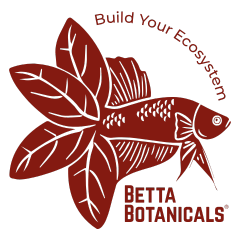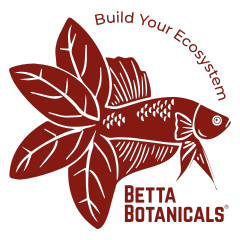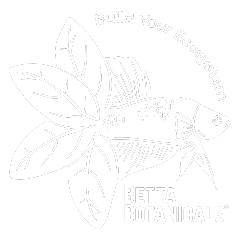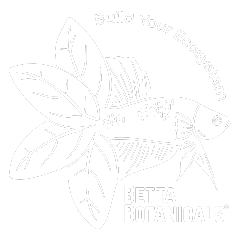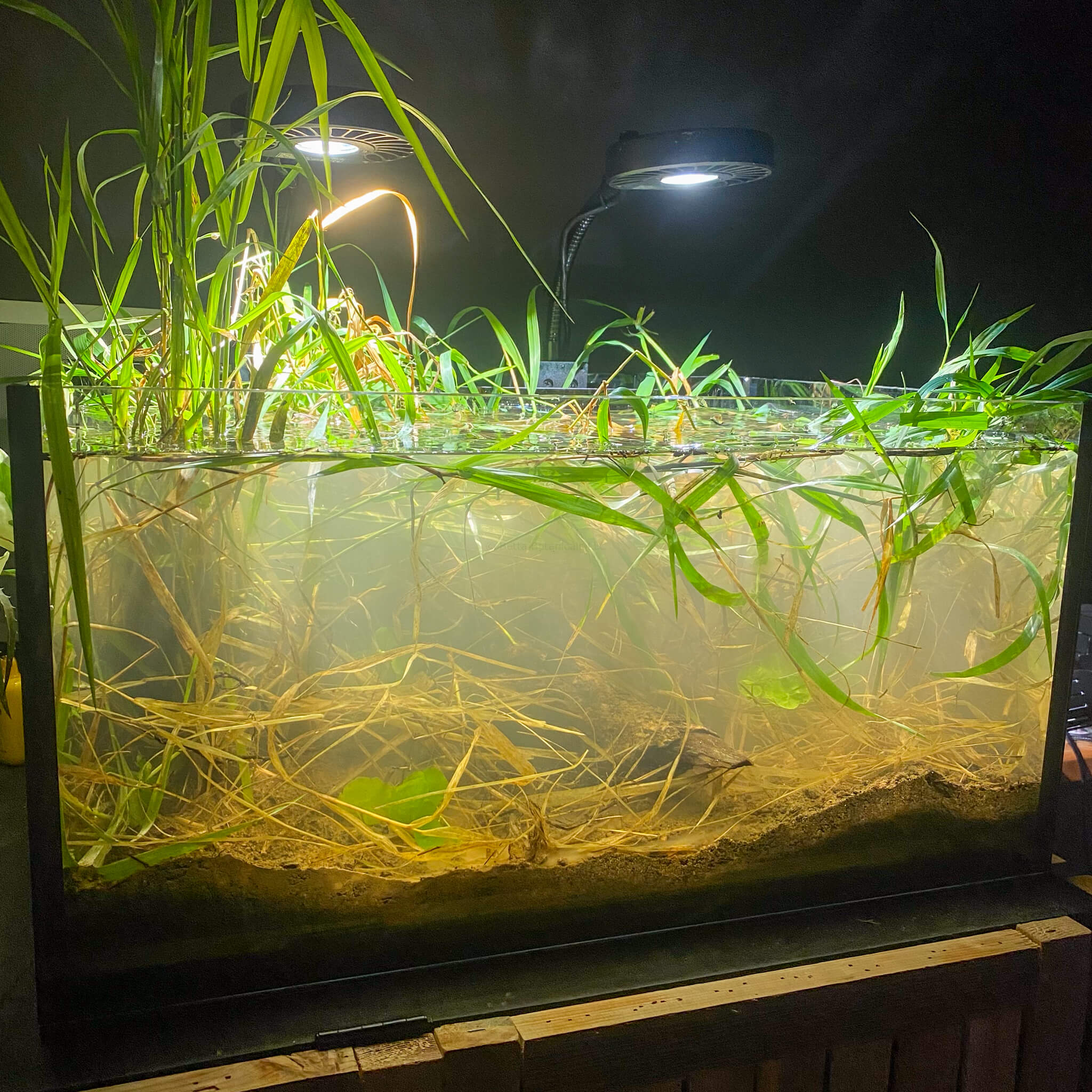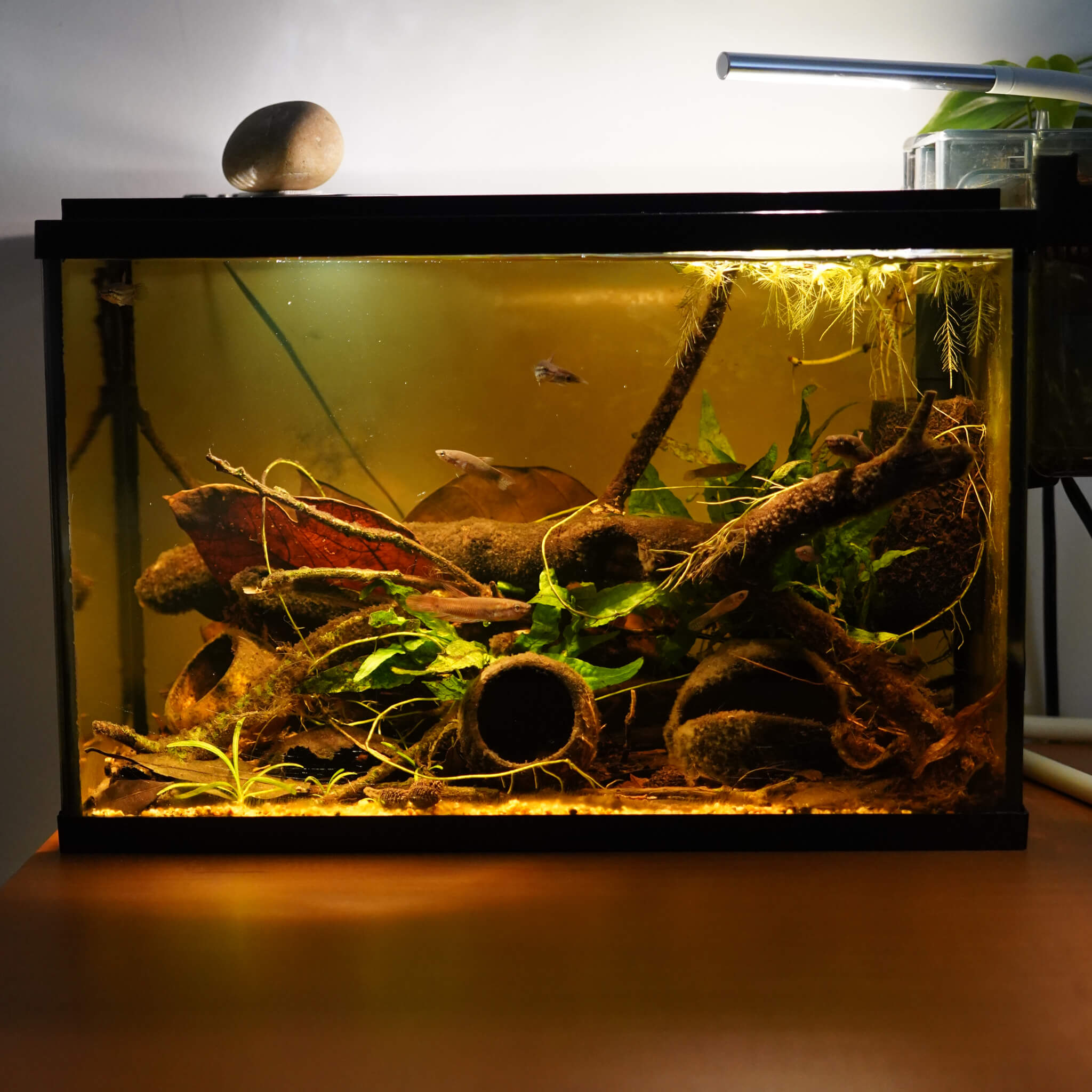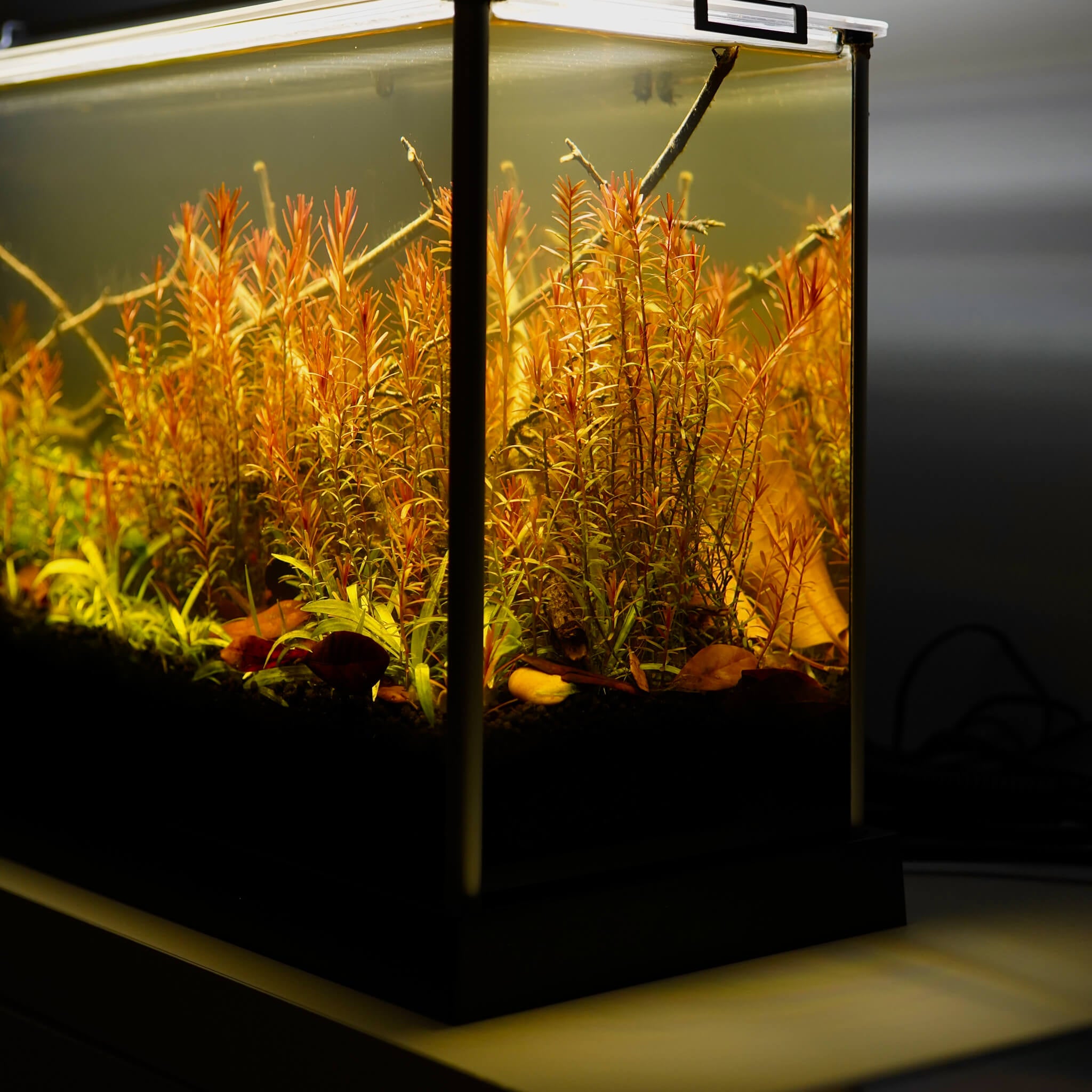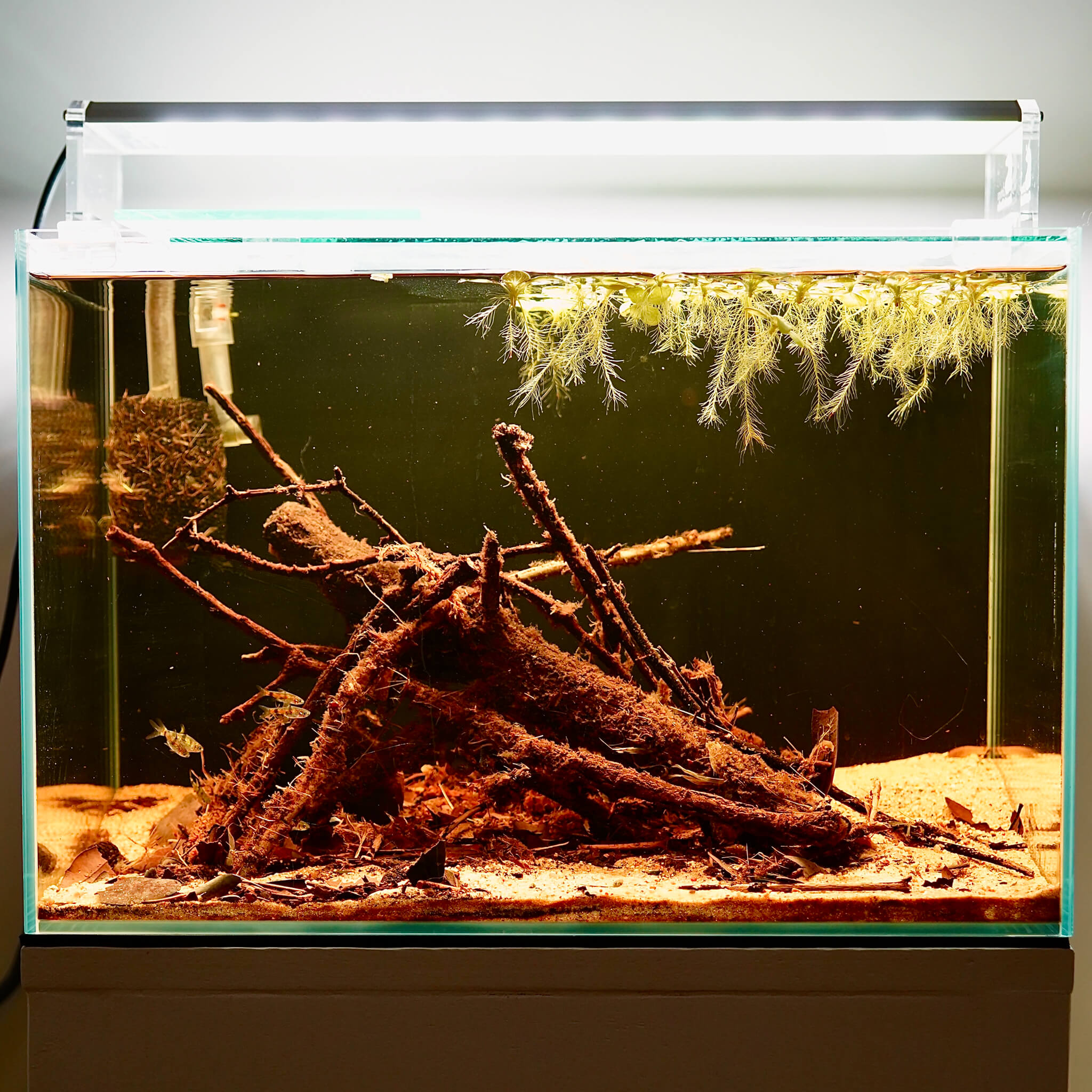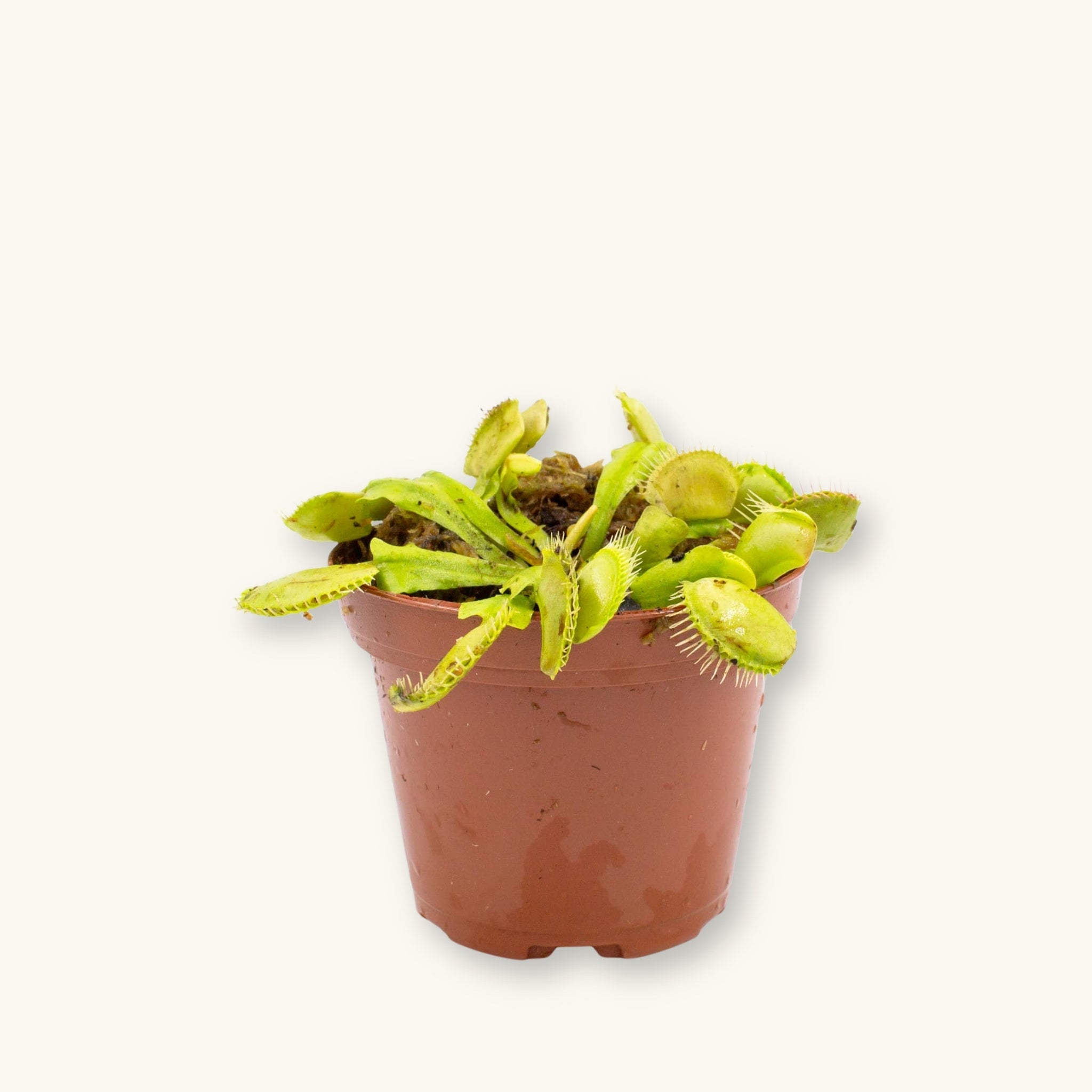
Venus Fly Traps | Dionaea muscipula
Venus Fly Traps
Scientific Name: Dionaea Muscipula
Common Name: Venus Fly Trap
Native to the nutrient-poor wetlands of the Carolinas, Dionaea muscipula evolved its famous jaw-like leaves as a clever workaround: instead of relying on soil for nitrogen, it supplements with insects. This adaptation makes it perfectly suited to enclosed humid environments like terrariums or bog setups, where it thrives in wet, acidic substrate under bright light. Feedings of flightless/wingless fruit flies or small crickets work best if they are not getting enough insects that wander into your home.
Each trap is a modified leaf with hair-like trigger mechanisms inside. When prey—usually ants, spiders, or beetles—touches two hairs in quick succession, the trap snaps shut in a fraction of a second. After digestion, the leaf reopens, revealing just the hollow shell of its last meal.
While Venus Flytraps are widely cultivated today, wild populations are under pressure from habitat loss and illegal poaching. Every plant sold through us is nursery-grown from legal sources, ensuring your curiosity doesn’t come at a conservation cost.
Our blackwater aquarium plants are provided by H2OPlants in adherence to their Shipping and DOA Policies. Your curated selection will arrive in their packaging separate from your botanical & merch orders.

Venus Fly Traps | Dionaea muscipula
contrast the tint with greenery
While the aesthetic appeal of tinted waters can be quite attractive to us, the recreation of nature—which includes both submerged and emersed plants—is the end goal. Flora helps to improve water conditions, feeding patterns, spawning displays, and territory building.
Aquatic Plant FAQs
DOA Policy
Please ensure that you add a heat pack or cold pack to your orders if temperatures in your area are above 90°F or below 40°F. Click for more info on our DOA Policy.
Are these plants duckweed and snail free?
All Plants may contain snails or snail eggs, small macroinvertebrates, and duckweed. We keep them in all of our tanks for the benefits they provide. We have experienced the presence of small snails, ostracods, daphnia, and beneficial detritus worms.
Are your plants only for tinted water conditions?
Nope! All of our plants will grow perfectly in untinted aquariums that have CO2 and aquasoils, or low-tech planted aquariums. Our selection, though, is optimized for emersed plant growth and low- to medium-tinted water environments.
What is your aquatic plant shipping schedule?
We’re a small company and ship Tuesdays & Thursdays only. Orders placed Wednesday–Sunday → Ship Tuesday. Orders placed Monday–Tuesday → Ship Thursday
Are your plants just for bettas?
Nope. Our aquatic plants are safe for almost all aquariums, terrariums, vivariums, and paludariums. Many of our plants can be grown emersed in filter compartments, vivariums, or incorporated into wabikua.
What are Tannins?
Tannins are natural compounds released by leaves, seed pods, and bark as they decompose in water. They soften water, gently lower pH, and create the characteristic tea-stained tint found in blackwater habitats. But their role goes far beyond color—tannins fuel beneficial bacteria, fungi, and biofilms, which form the foundation of a healthy ecosystem. They also offer mild antifungal benefits and help reduce stress in fish by replicating the natural conditions they’ve evolved in. At their core, tannins are plant-derived antioxidants that connect your aquarium to the same processes at work in wild flooded forests and streams.
